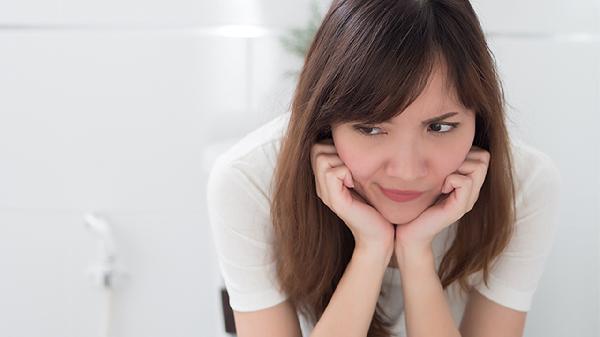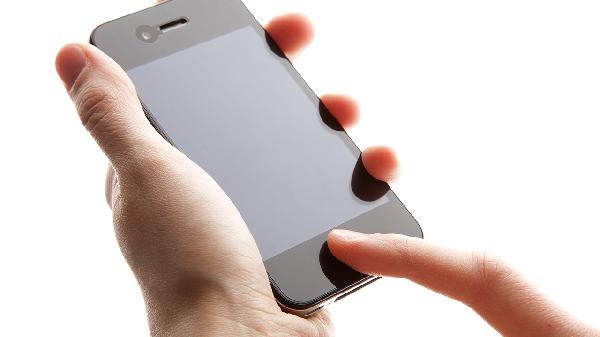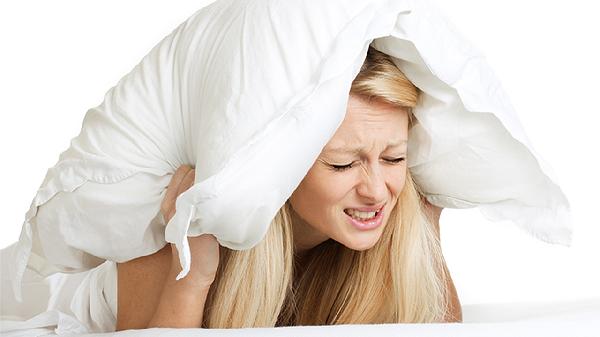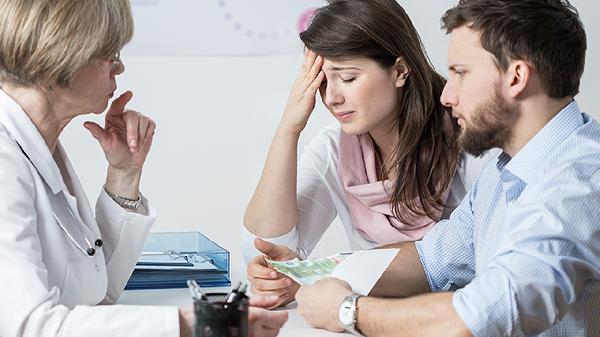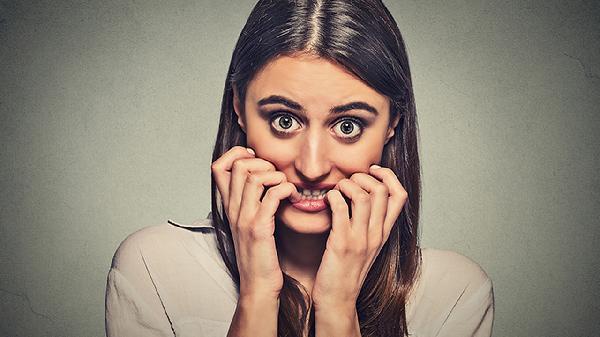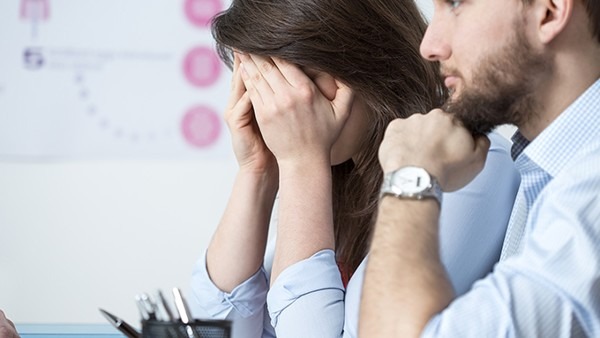Understanding Trypophobia: Causes, Symptoms, and Treatment
Trypophobia, often described as an intense fear or aversion to clusters of small holes or patterns, is a psychological condition that affects many individuals. While not officially classified as a mental disorder in the Diagnostic and Statistical Manual of Mental Disorders (DSM-5), it can cause significant discomfort and anxiety. This article explores the symptoms, causes, and effective treatment methods for trypophobia, offering insights into how individuals can manage and overcome this condition.
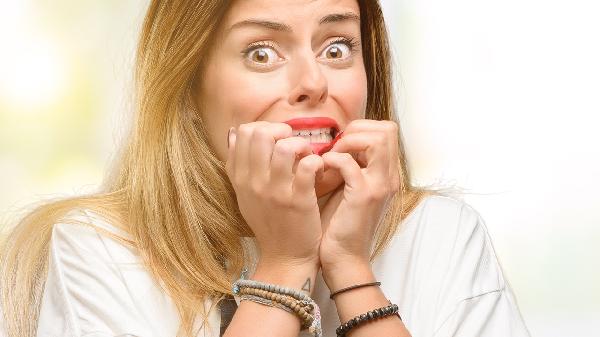
What is Trypophobia?
Trypophobia is characterized by an intense emotional and physical reaction to patterns of small, closely packed holes or bumps. Common triggers include honeycombs, lotus seed pods, or even images of clustered bubbles. For those with trypophobia, these patterns can evoke feelings of disgust, fear, or anxiety, often accompanied by physical symptoms such as nausea, dizziness, or skin-crawling sensations. While not officially recognized as a mental disorder, it is widely acknowledged as a genuine and distressing experience for many.
Symptoms of Trypophobia
Individuals with trypophobia may experience a range of symptoms when exposed to triggering patterns. These include:
Causes of Trypophobia
The exact causes of trypophobia remain unclear, but several factors are believed to contribute to its development:
Treatment Methods for Trypophobia
While trypophobia can be challenging to manage, several therapeutic approaches have proven effective:
Exposure Therapy
This method involves gradually exposing individuals to their triggers in a controlled environment. Over time, repeated exposure can help desensitize the fear response, allowing the individual to build a new, less distressing association with the triggering patterns.
Cognitive Reframing
By reframing negative thoughts and focusing on the positive aspects of the triggering objects, individuals can reduce their anxiety. For example, viewing a honeycomb as a marvel of nature rather than a source of discomfort can help shift perceptions.
Mindfulness and Acceptance
Techniques such as mindfulness meditation and acceptance-based therapies encourage individuals to observe their reactions without judgment. This approach helps reduce the intensity of the fear response over time.
Behavioral Techniques
Practicing relaxation exercises, such as deep breathing or progressive muscle relaxation, can help manage the physical symptoms of anxiety when confronted with triggering patterns.
Is Trypophobia a Mental Disorder?
While trypophobia is not officially classified as a mental disorder, it is widely recognized as a legitimate source of distress. The condition highlights the complex interplay between perception, emotion, and mental health. As awareness grows, researchers continue to explore its underlying mechanisms and potential inclusion in future diagnostic manuals.
Conclusion
Trypophobia, though not formally recognized as a mental disorder, can significantly impact an individual’s quality of life. Understanding its symptoms, causes, and treatment options is the first step toward managing and overcoming this condition. Whether through exposure therapy, cognitive reframing, or mindfulness practices, individuals can find effective strategies to reduce their anxiety and regain control. If you or someone you know struggles with trypophobia, seeking professional guidance can provide valuable support on the path to recovery.
